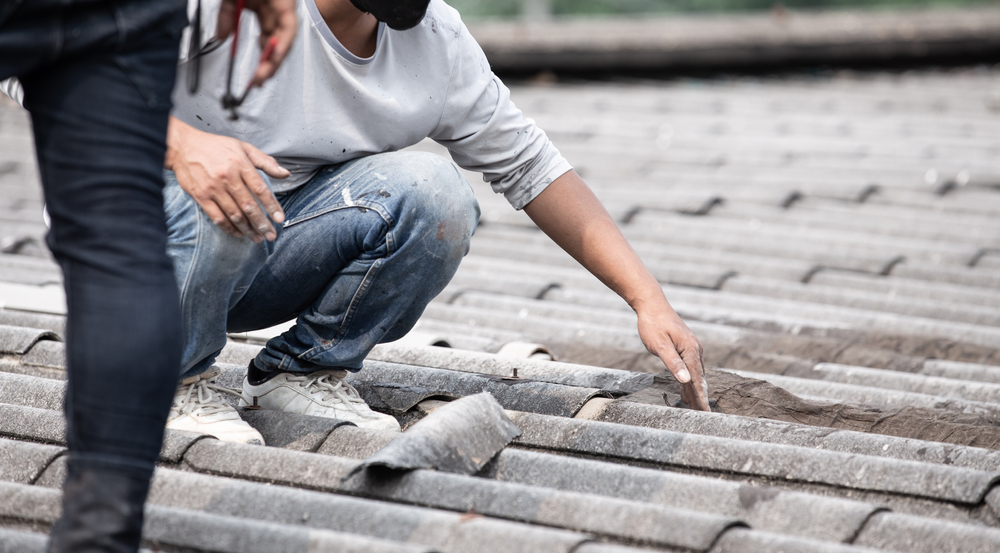Shopping for a new home is exciting. You get to wander through various properties for sale, checking out the amenities and dreaming about how you’ll enjoy your new space. You’ll have opinions about the kitchen’s layout, the color of the bathroom tiles, the size of the backyard, and whether there’s a garage to accommodate your weekend hobbies.
In all the excitement, however, don’t forget to look at the roof. Apart from the foundation, it’s the home’s most important (and pricey) feature. The roof’s condition will determine how well your new home will hold up over time. A solid roof will keep your home dry and well insulated from the elements. A poor roof can cost you tens of thousands of dollars in home repairs in very short order.
While you should always get a formal home inspection before signing a mortgage, a quick glance upward during the shopping process can tell you if you’ll need to add roof repair contingencies to your home buying offer. Here are the most common signs that expensive roof problems might be looming:
Loose, Damaged, or Missing Tiles
A roof that’s in good condition will have uniform rows of firmly secured tiles. If, instead, you see bare patches of underlayment or tiles flopping in the wind, you’ll want to ask the seller when the roof was last repaired.
Minor tile damage doesn’t always indicate a bad roof. Maybe a storm came through recently and knocked a few tiles loose. In that case, a roofer can easily reattach or replace them. But if the cracked or missing tiles have allowed water to seep past the underlayment, you’re looking at a much more costly repair.
Dark Spots
Dark spots are caused by three main things: algae, uniformity issues, and water damage. Algae can be washed off, and mismatched tiles can be replaced. Water damage is what you’re looking to avoid. If enough water has penetrated the roof to discolor the materials, the home will likely have multiple issues: leaks, pooling, mold and rot. These can range from minor to severe, but they’re rarely cheap to fix.
If you see brown stains or bowing on the interior ceilings, that will typically confirm a leak exists somewhere in the roof area. It could simply be a dripping HVAC system in the attic. But do you want to risk it being a far more expensive issue? Probably not.
If you see dark spots on the roof or ceilings, grab a flashlight and take a tour of the attic. Look for water stains and mold. You might identify a deal-breaking issue that saves you from paying an inspector to do it for you.
Warping and Sagging
A sagging roof not only indicates serious damage, it means the roof’s structural integrity has been compromised. A sagging roof is not just problematic; it’s dangerous. Water and debris can pool in sagging areas, eventually causing the roof to collapse inward. If anyone is standing under it when it fails, they could be injured or even killed.
If you see sagging, you’re looking at a complete rebuild of the roof—all the way down to the rafters. A warped roof isn’t much better in terms of performance or cost to repair. A warped roof won’t repel water properly or keep the home as insulated as it should be. And if the roof’s construction is that shoddy, what other structural nightmares might be lurking in the rest of the house?
Be sure to get the home’s complete history from your realtor, insist on an inspection, and put repair contingencies in your home buying contract. The first few months in your new home should be spent buying curtains, not replacing your roof.
Need quality roof inspection and repair? Smile Roofing is here for you. Call us today at (888) 334-1141.


